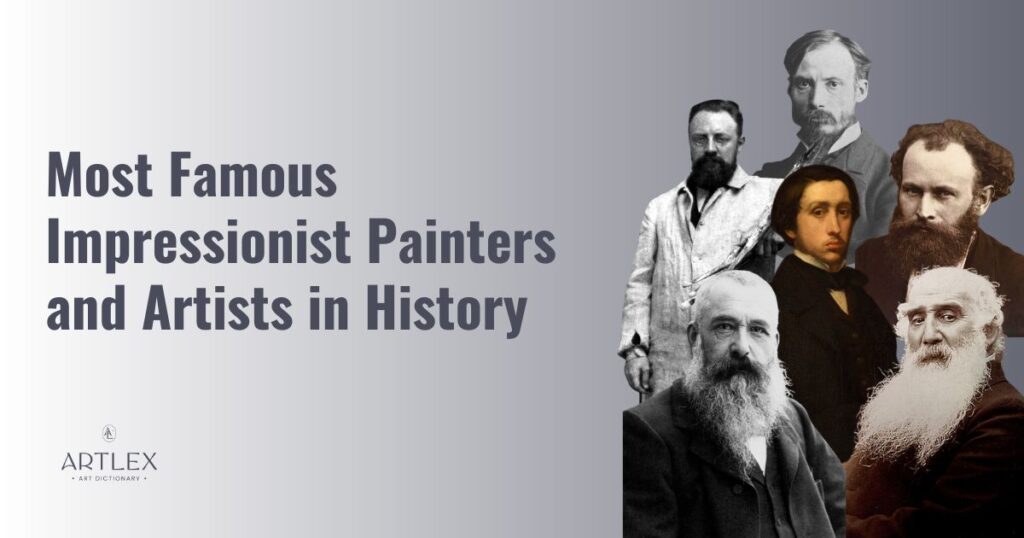
This list of impressionist painters will take you through the lives and works of some of the most renowned artists who shaped the impressionist movement, leaving an indelible mark on art history.
As we delve into this captivating world, you’ll discover how these artists defied conventional norms by capturing fleeting moments with their en plein air paintings. You’ll learn about their unique techniques that revolutionized the art world and challenged traditional artistic practices.
1. Claude Monet
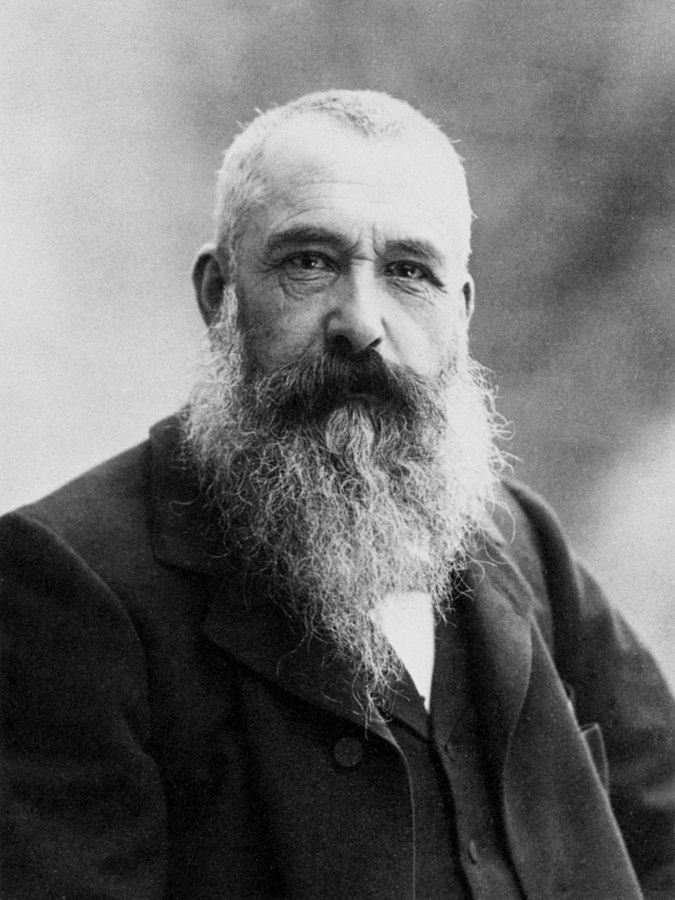
- Birth Year: 1840
- Death year: 1926
- Nationality: French
- Subject Matter: Landscapes and seascapes
- Notable artwork: Water Lilies
Born in 1840 and passing away in 1926, Claude Monet was a French painter who is widely regarded as one of the founders of the Impressionist movement. Known for his beautiful landscapes and seascapes, Monet’s work has left an indelible mark on the world of art.
Among Claude Monet’s most famous works is a series of paintings known as Water Lilies, which he painted between 1914 and 1926. These iconic pieces depict the artist’s garden at Giverny, showcasing his mastery of capturing light on water surfaces.
2. Pierre-Auguste Renoir
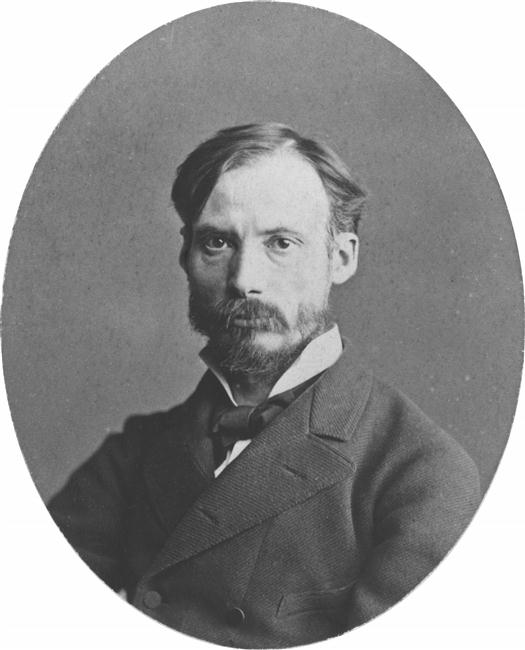
- Birth Year: 1841
- Death year: 1919
- Nationality: French
- Subject Matter: Portraits and figure paintings
- Famous artwork: Dance at Le Moulin de la Galette (1876)
As one of the leading figures in the Impressionist movement, Pierre-Auguste Renoir was a French artist known for his vibrant and lively portraits and figure paintings. His works often captured scenes from everyday life, focusing on people enjoying themselves in various settings.
Renoir’s most famous artwork is undoubtedly Dance at Le Moulin de la Galette (1876), which depicts a lively outdoor dance scene in Montmartre. Renoir’s Impressionist style is evident in the painting, with its vivid hues and brushstrokes that capture a fleeting moment.
3. Édouard Manet
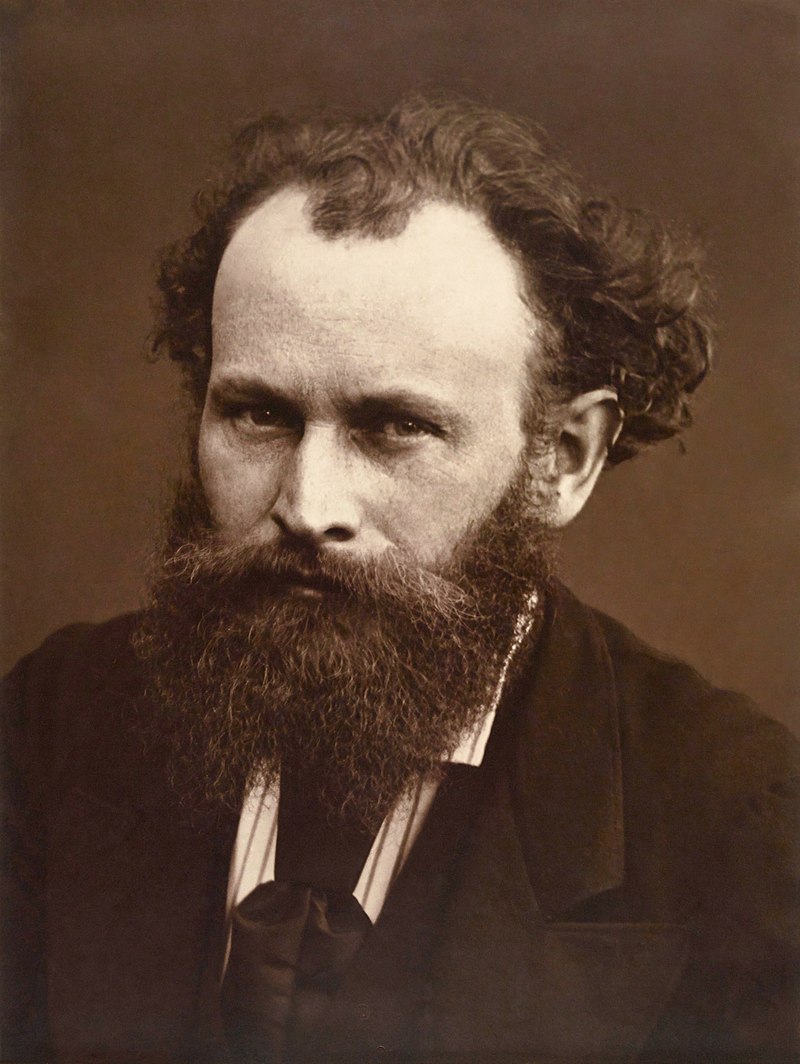
- Birth Year: 1832
- Death year: 1883
- Nationality: French
- Subject Matter: Modern life scenes and social interactions
- Notable artwork: Luncheon on the Grass (1863), Olympia (1865)
Edouard Manet was a pivotal figure in the transition from Realism to Impressionism. He is often considered one of the first artists to depict modern life subjects and break away from traditional academic art.
Two paintings that stand out among Manet’s oeuvre are “Luncheon on the Grass” (Le Dejeuner sur l’herbe) and “Olympia.” Both works were considered scandalous at the time due to their provocative subject matter and unconventional style.
4. Edgar Degas
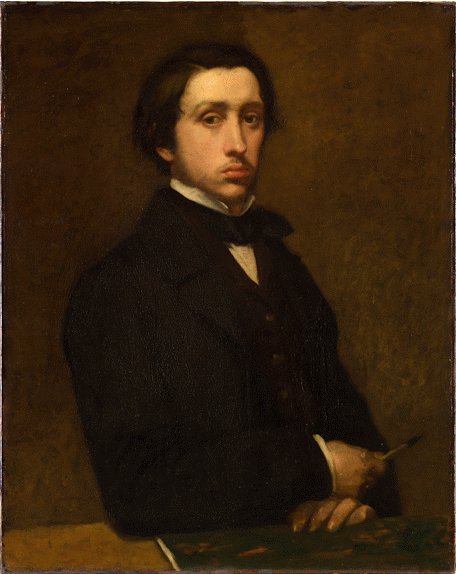
- Birth: 1834
- Death: 1917
- Nationality: French
- Subject Matter: Modern life, Parisian society
- Notable Artwork: The Dance Class (1874)
Edgar Degas was a renowned French artist known for his captivating depictions of ballet dancers and scenes from everyday life. As a significant part of the Impressionist movement, Degas left an enduring impact on art with his distinct approach that brought together aspects from Realism and Symbolism.
The Dance Class, painted by Edgar Degas in 1874, is one example where he showcases not only the beauty but also the dedication required by these performers. The painting features ballerinas practicing under Jules Perrot’s watchful eye – a famous ballet master during that era.
5. Paul Cezanne
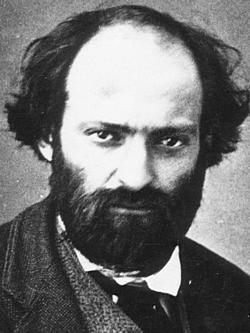
- Birth: 1839
- Death: 1906
- Nationality: French
- Subject Matter: Landscapes, still lifes, portraits, and figures.
- Notable Artwork: Mont Sainte-Victoire (1887)
Paul Cezanne was a prominent figure in the Impressionist movement. His artistic technique made a major contribution to the advancement of modern art. In this section, we will delve into his historical context, influences from other artists and movements, as well as some of his most famous artworks.
Mont Sainte-Victoire (1887) is one of Paul Cezanne’s most famous paintings. This landscape painting features the Montagne Sainte-Victoire in Provence, France – a subject that Cezanne painted numerous times throughout his career.
6. Henri Matisse
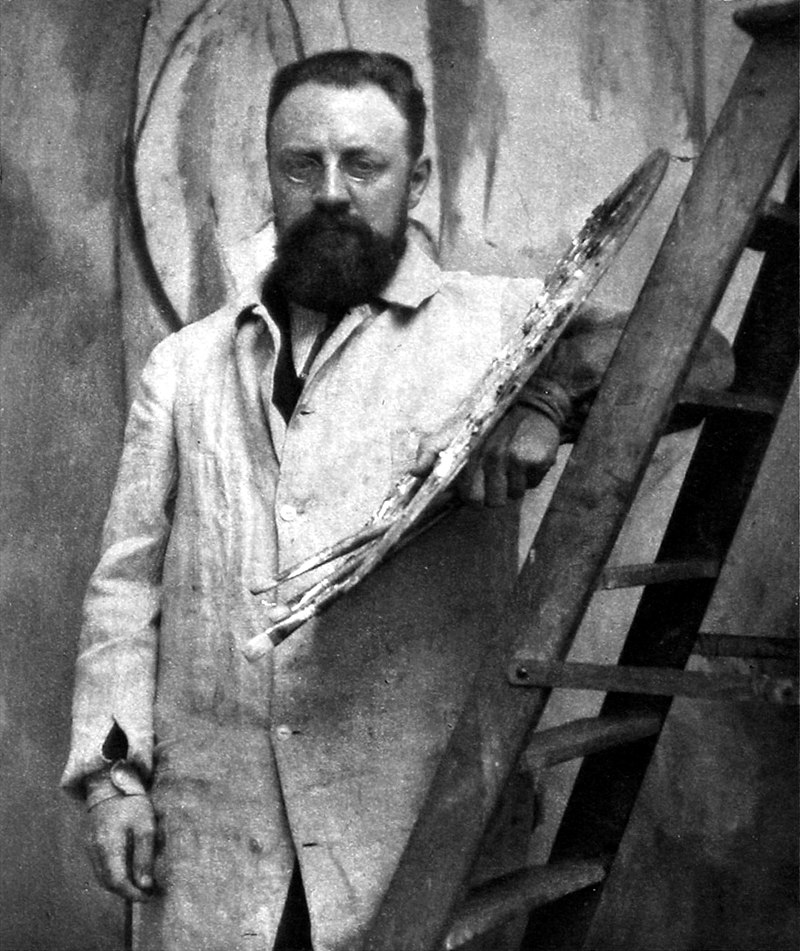
- Birth Year: 1869
- Death year: 1954
- Nationality: French
- Subject Matter: Bold use of color and simplified forms
- Notable artwork: The Dance (1909)
Henri Matisse was a leading figure in the world of modern art who played a significant role in shaping the Impressionist movement. He is best known for his innovative approach to painting that combined vibrant colors with simple shapes and forms.
One of Matisse’s most famous paintings was The Dance (1909): This painting showcases Matisse’s ability to create harmony through contrasting colors while capturing the energy and emotion of human movement.
7. Camille Pissarro
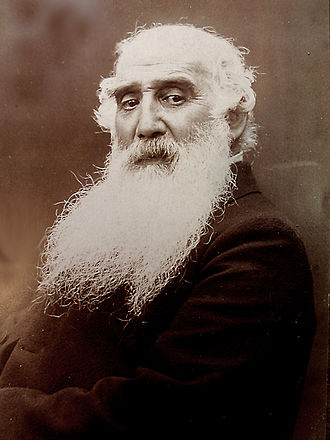
- Born: 1830
- Death year: 1903
- Nationality: French
- Subject Matter: Landscapes, rural life
- Notable Artwork: he Boulevard Montmartre at Night (1897)
Born in 1830 and passing away in 1903, Camille Pissarro was a French artist known for his contributions to the Impressionist movement. His notable characteristics include painting landscapes and scenes of rural life.
Possibly one of Pissarro’s most well-known pieces, The Boulevard Montmartre at Night is a prime example of his mastery in capturing the atmosphere and energy of urban life.
8. Mary Cassatt
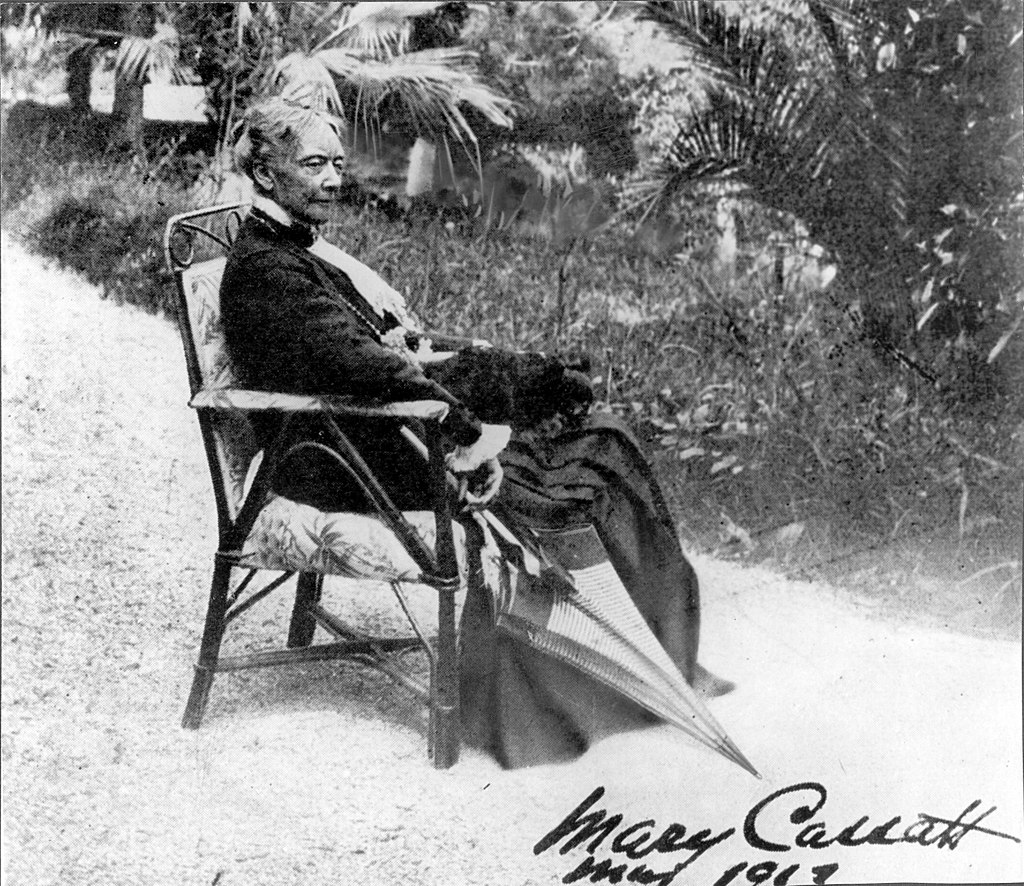
- Birth: 1844
- Death: 1926
- Nationality: American
- Subject Matter: Intimate and Domestic Scenes
- Notable Artwork: Mother About to Wash Her Sleepy Child (1890)
Mary Cassatt was an influential American artist who played a significant role in the Impressionist movement. Known for her unique depictions of women’s lives, some of her most notable artwork includes Mother About to Wash Her Sleepy Child (1890), In the Loge (1878), and Woman Bathing in a Stream (1890).
Cassatt’s work emerged during a time when female artists were not widely recognized or celebrated. In spite of the adversity she faced, Cassatt became a notable figure in Impressionism through her involvement with Degas and Ingres.
9. Berthe Morisot
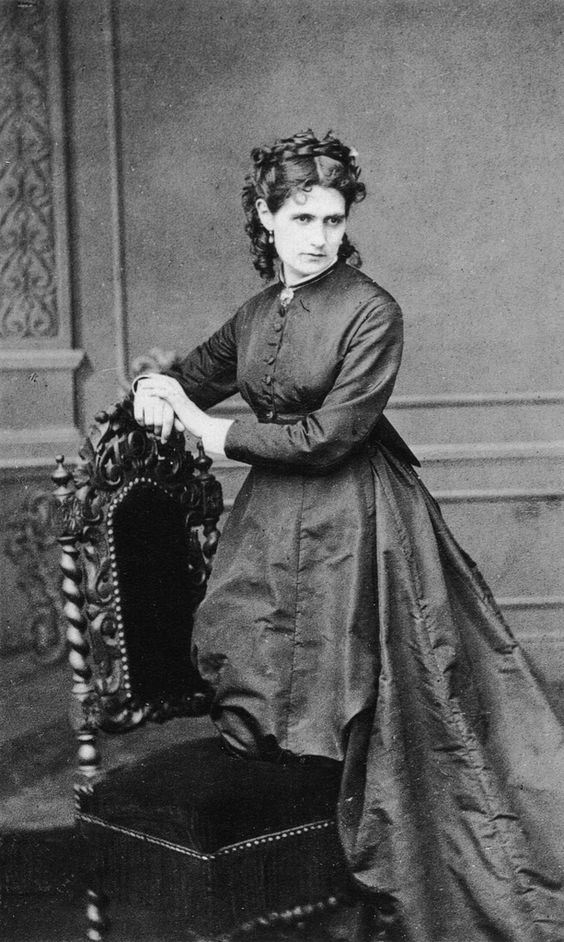
- Birth Year:1841
- Death Year: 1895
- Nationality: French
- Subject Matter: Domestic scenes and portraits of women and children
- Notable artwork: The Cradle (1872)
Berthe Morisot was a pioneering female artist in the Impressionist movement. Berthe Morisot was fortunate to have been born into a family that supported her artistic ambitions from an early age. Morisot studied under various renowned artists such as Camille Corot and Achille Oudinot before finding her own unique style.
Famous artworks by Berthe Morisot include “The Cradle” (1872), which features an intimate portrait of motherhood with soft brushstrokes capturing delicate light effects typical of impressionistic works.
10. Alfred Sisley
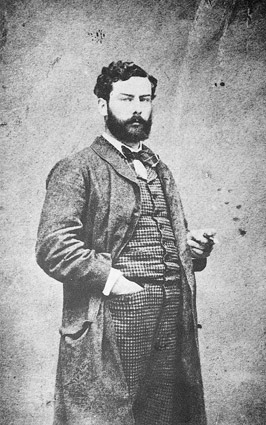
- Birth: October 30, 1839
- Death: January 29, 1899
- Nationality: British
- Subject Matter: Landscapes
- Notable Artwork: Snow at Louveciennes
Born in 1839 and passing away in 1899, Alfred Sisley was a French painter who played an important role in the development of the Impressionist movement. Known for his breathtaking landscapes, he captured scenes from nature with great sensitivity and skill. This section will explore the life, inspirations, techniques and notable works of Alfred Sisley.
Snow at Louveciennes is one of Alfred Sisley’s most celebrated paintings. It showcases his ability to capture light effects on snow-covered landscapes while maintaining a sense of tranquility. This piece highlights how he could masterfully portray atmospheric conditions and changing seasons in his artwork.
11. Auguste Rodin
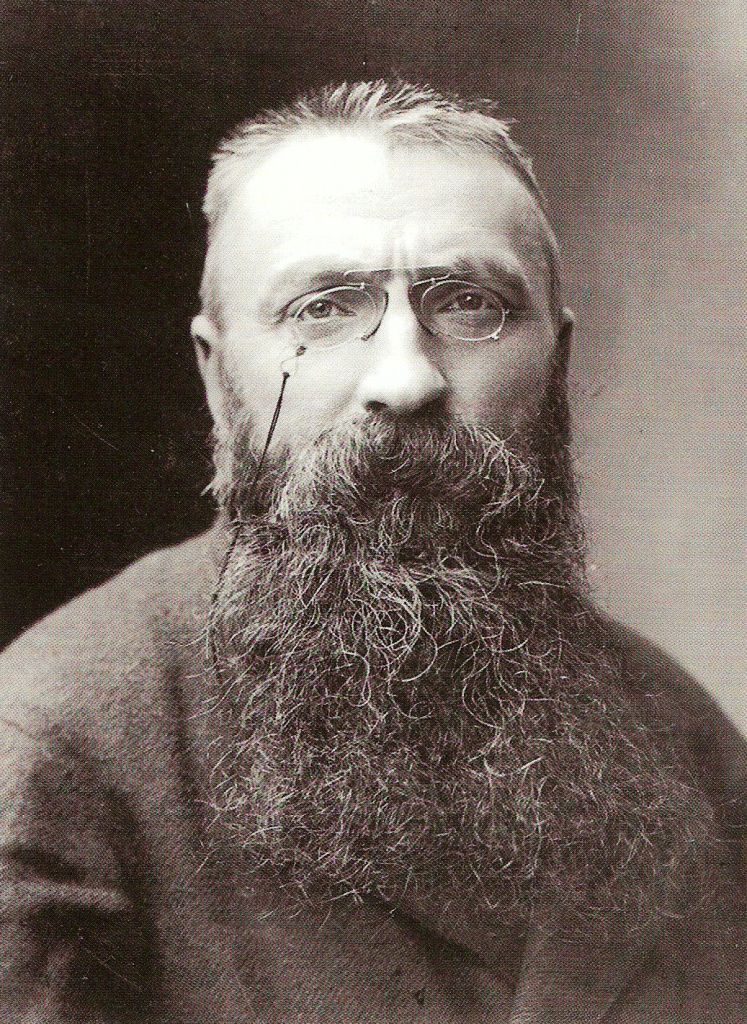
- Birth: November 12, 1840
- Death: November 17, 1917
- Nationality: French
- Subject Matter: Mythological figures, religious themes, historical events, and portraits.
- Notable Artwork: The Thinker
In the late nineteenth century, Auguste Rodin emerged as an influential figure within the art world. His work challenged traditional notions of form and composition while exploring themes related to human emotion and experience.
The Thinker (Le Penseur), created between 1880-1904, is one of Rodin’s most famous works which depicts Dante Alighieri in front of the Gates of Hell contemplating “The Divine Comedy.” The statue has become an iconic symbol for philosophy.
12. Joaquin Sorolla
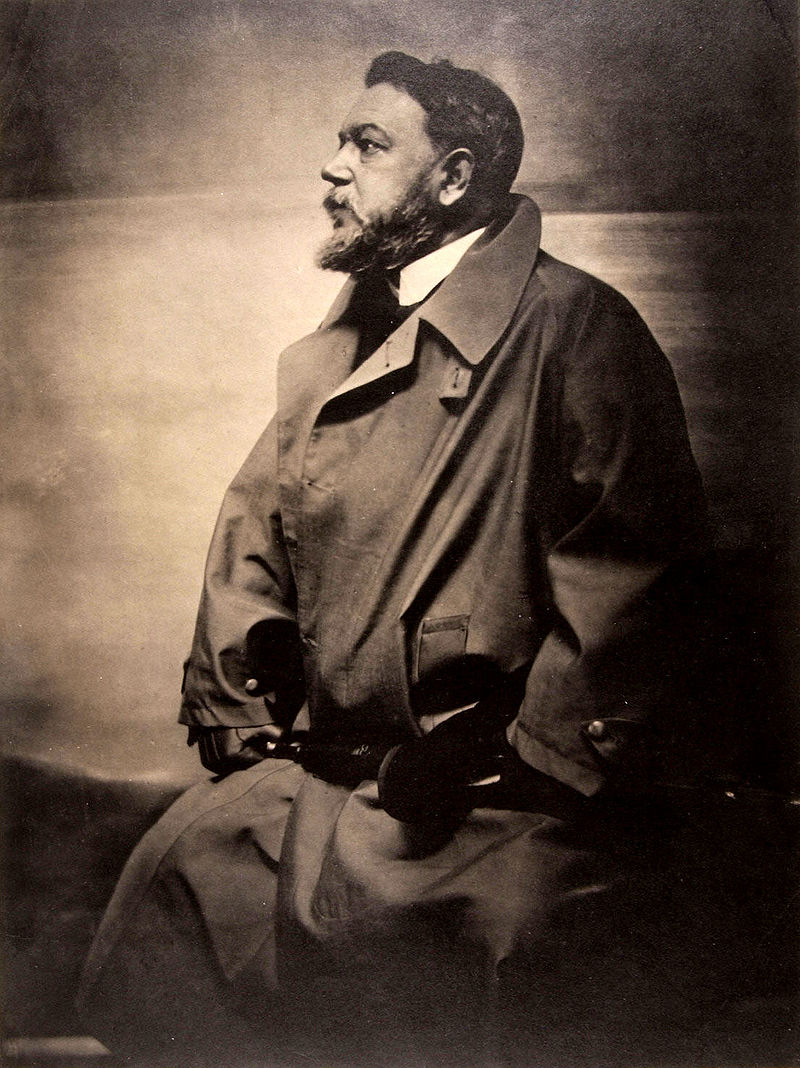
- Birth year: 1863
- Death year: 1923
- Nationality: Spanish
- Subject Matter: Everyday life, beaches, portraits
- Notable Artwork: The Sad Inheritence
Joaquin Sorolla was born in Valencia, Spain in 1863. He began studying art at a young age and went on to study painting in Madrid. In the late 1800s, he traveled to Paris where he was exposed to impressionism and other modern art movements.
The Sad Inheritance, painted in 1899, depicts disabled children bathing in the sea while nuns watch over them. The title refers to what Sorolla saw as society’s neglect of these children due to their disabilities. The painting was exhibited at the Paris Salon and helped establish Sorolla’s reputation as a socially conscious artist.
13. Gustave Caillebotte
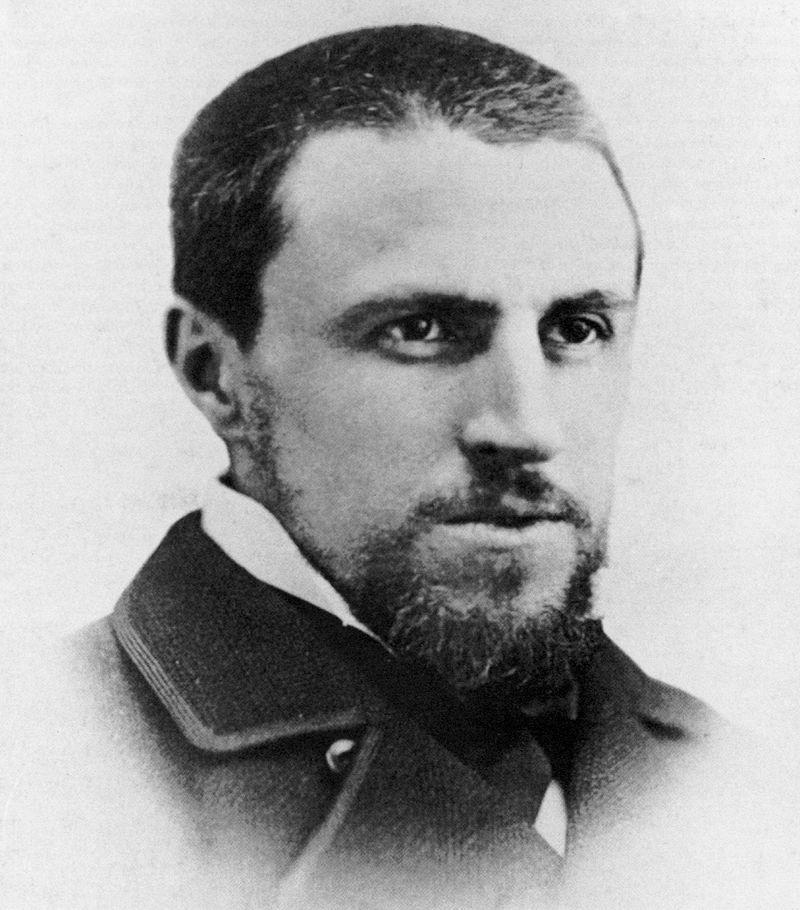
- Birth Year: 1848
- Death Year: 1894
- Nationality: French
- Subject Matter: Urban life
- Notable Artwork: Paris Street, Rainy Day
Gustave Caillebotte was born into a wealthy family in Paris. He studied law before turning to art and became involved with the Impressionist movement after meeting Edgar Degas. Despite being an active member of the group, Caillebotte’s work stood out from that of his fellow artists due to its precision and realism.
Caillebotte’s painting “Paris Street; Rainy Day” is one of his most famous works. It depicts a couple walking down a street on a rainy day while other pedestrians hurry past them with umbrellas. The painting captures both the dreariness of the weather and the bustling energy of city life at that time period.
14. Piet Mondrian
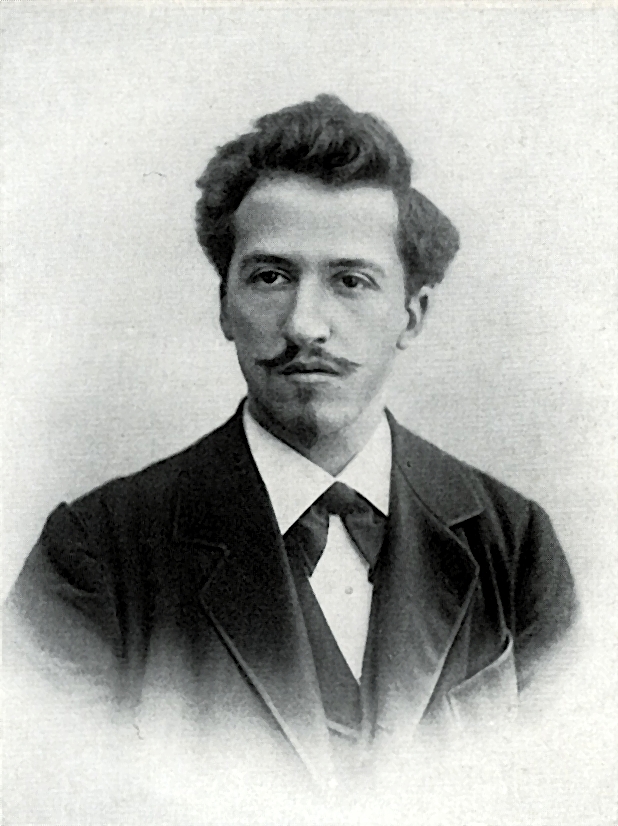
- Birth: March 7, 1872
- Death: February 1, 1944
- Nationality: Dutch
- Subject Matter: Geometry
- Notable Artwork: Composition II with Red Blue Yellow
Mondrian grew up in the Netherlands during a time when many artists were experimenting with new styles and techniques. He began his career as a landscape painter but eventually became interested in more abstract forms of expression.
Influenced by Cubism, Mondrian began to experiment with reducing objects to their most basic forms – lines, rectangles, squares – which he arranged into asymmetrical compositions using only primary colors (red, yellow, and blue) and black-and-white tones. In doing so, Mondrian created works such as Composition II with Red Blue Yellow.
15. John Singer Sargent
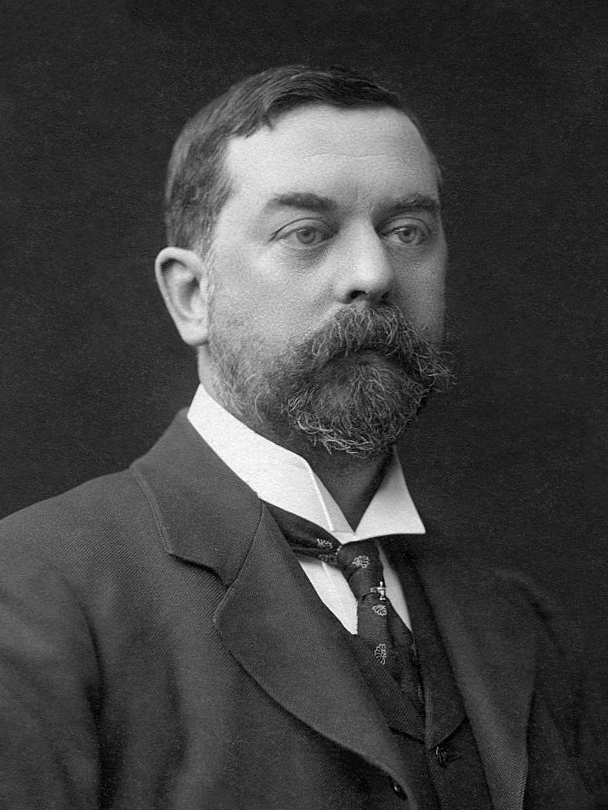
- Birth: January 12, 1856
- Death: April 14, 1925
- Nationality: American
- Subject Matter: Portraits, landscapes, history
- Notable Artworks: The Daughters of Edward Darley Boit (1882)
John Singer Sargent was an American painter born in Florence, Italy in 1856 and died in London, England in 1925. He is known for his portraits of the wealthy elite and landscapes. Sargent’s paintings are characterized by their realism and attention to detail.
Sargent’s most famous works include The Daughters of Edward Darley Boit (1882): a portrait of four young girls that showcases Sargent’s ability to capture light and shadow.
16. Max Liebermann
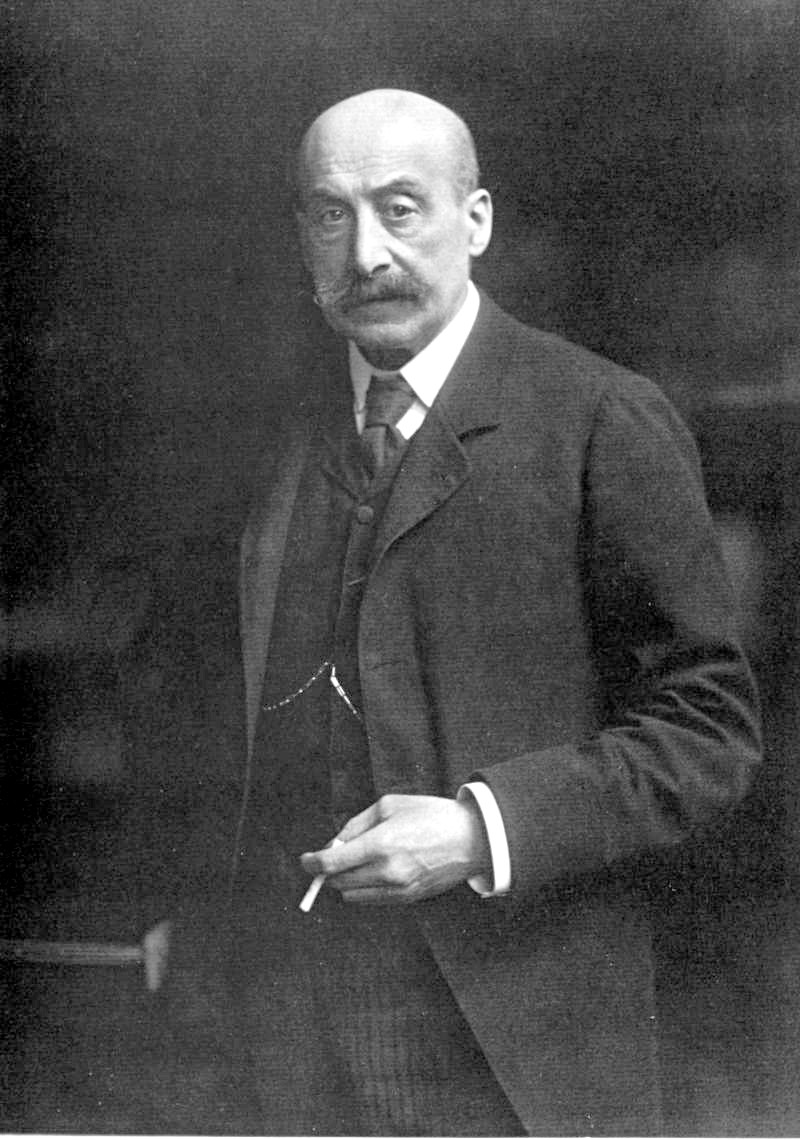
- Birth: 1847
- Death: 1935
- Nationality: German
- Subject Matter: Landscapes, cityscapes, genre scenes, portraits
- Notable Artworks: Women Plucking Geese
In the late nineteenth century, Max Liebermann became one of Germany’s most prominent painters as he played an essential role in introducing French Impressionism into German art circles. The artist grew up in an affluent Jewish family that owned several successful businesses across Europe.
One of his famous works, “Women Plucking Geese,” depicts two women plucking geese feathers inside what appears to be a kitchen or workshop space illuminated by natural light. The painting’s composition is simple, with the two women placed in the foreground and a window providing light in the background.
17. Edward Hopper
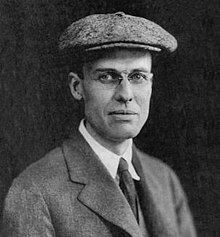
- Birth Year: 1882
- Death Year: 1967
- Nationality: American
- Subject Matter: Urban and rural scenes
- Notable Artwork: Nighthawks
Hopper’s style was influenced by both European modernism and American realism. He was particularly drawn to the works of Edgar Degas and Édouard Manet from France. However, it wasn’t until he saw the paintings of Robert Henri that he found his own voice as an artist.
Nighthawks is perhaps Hopper’s most famous painting. It depicts four people sitting at a diner late at night with empty streets outside. The figures are isolated from each other despite being close together, which creates tension within the scene.
18. Konstantin Korovin
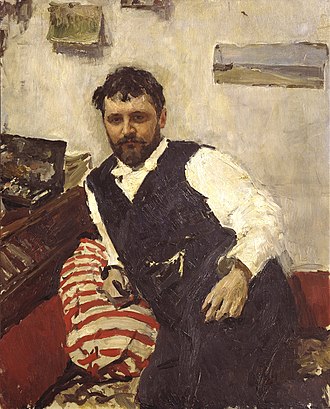
- Birth: 1861
- Death: 1939
- Nationality: Russian
- Subject Matter: Landscapes, cityscapes, portraits, genre scenes, and theatrical designs.
- Notable Artwork: The Fountain at Villa Torlonia
Korovin grew up in Moscow where he studied art under some notable painters like Vasily Polenov before moving to Paris to study further under Jean-Paul Laurens at Académie Julian. In Paris, he became interested in impressionism after attending exhibitions featuring works by Claude Monet.
“The Fountain at Villa Torlonia” is one of Konstantin Korovin’s most famous works. It depicts a beautiful garden scene with a fountain as the centerpiece. The painting showcases Korovin’s mastery of color as he uses bright hues to create depth and texture in the foliage surrounding the fountain.
19. Diego Rivera
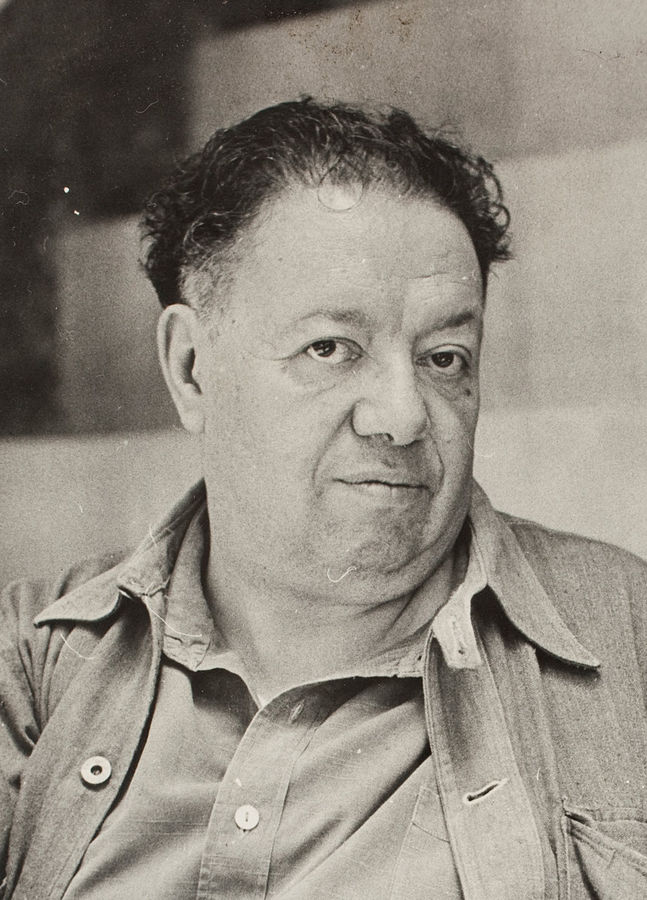
- Birth: December 8, 1886
- Death: November 24, 1957
- Nationality: Mexican
- Subject Matter: Murals that depicted social, political, and historical themes.
- Notable Artwork: The History of Mexico
Influenced by his father, who was an artist himself, Diego began painting when he was just three years old. In addition to studying art in Europe early in his career, he also spent time living with indigenous communities throughout Mexico.
Rivera’s art often faced criticism from both conservative and liberal critics for its political content. Despite this, his murals were widely exhibited in Mexico and the United States during his lifetime. Today, Rivera is considered one of Mexico’s greatest artists, and his works can be seen at museums around the world.
20. Isaac Levitan
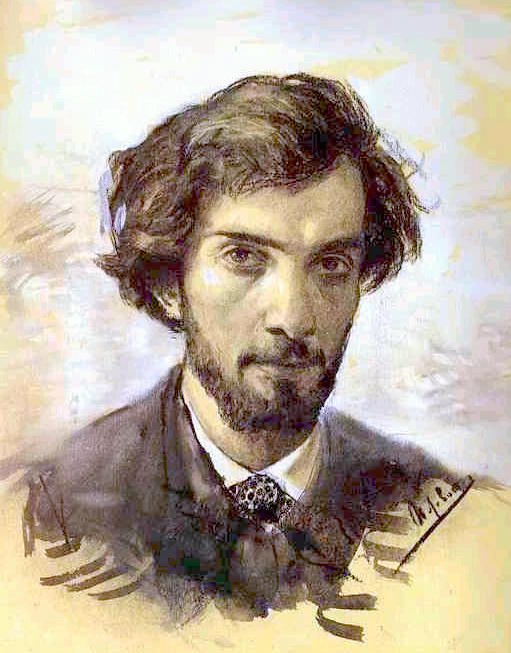
- Birth: 1860
- Death:1900
- Nationality: Russian
- Subject Matter: Landscapes
- Notable artwork: Above Eternal Peace (1894)
Born in Lithuania to Jewish parents who later moved to Moscow, Levitan’s childhood was spent amidst poverty and hardship. However, he showed an early aptitude for art and began studying at the Moscow School of Painting when he was just thirteen years old.
One of Levitan’s most famous works is “Above Eternal Peace,” which depicts a peaceful, serene landscape. The painting features a river flowing through the center with trees on either side and mountains in the background. The colors used are muted and soft, creating an overall sense of calmness.
